‘Second Century Modernism’ is a new book by American architect, John Jennifer Marx, and calls for a newly rebalanced modern movement with more paradox and community.

June 26th, 2025
Can we update this ideological framework, establishing a new outlook that is both open-ended and operational?
That’s the question with which John Jennifer Marx begins the book, ‘Second Century Modernism’. This framing immediately sets the scene for an historical, yet critical engagement with architectural modernism, as Marx surveys the landscape following the first century of the movement.
John Jennifer Marx, AIA, is a co-founding principal and chief artistic officer of Form4 Architecture in San Francisco, California. In this book, he advocates for a fundamental change in the way architects design, with the intention of rebalancing modernism toward an architecture of emotional abundance, rather than its current singular focus on an architecture of ideas and abstraction. The aim is to set out a vision for “an architecture of richness and community… that balances the rational with the intuitive.”
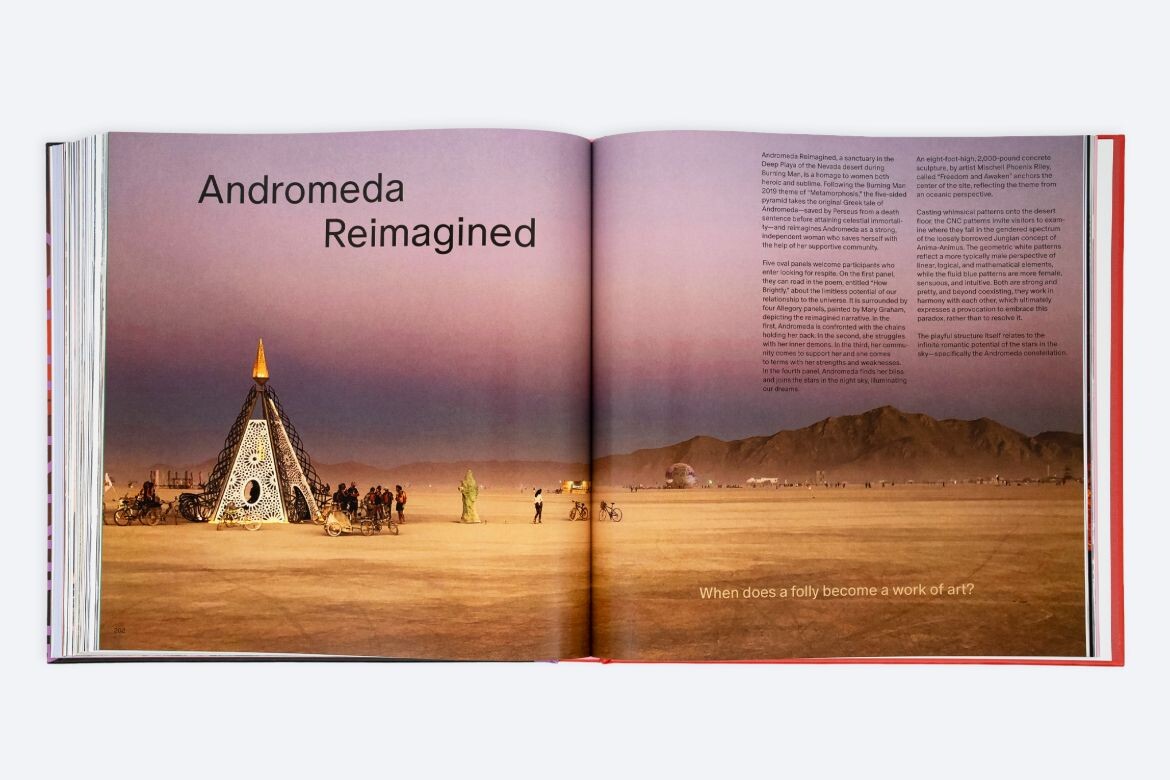
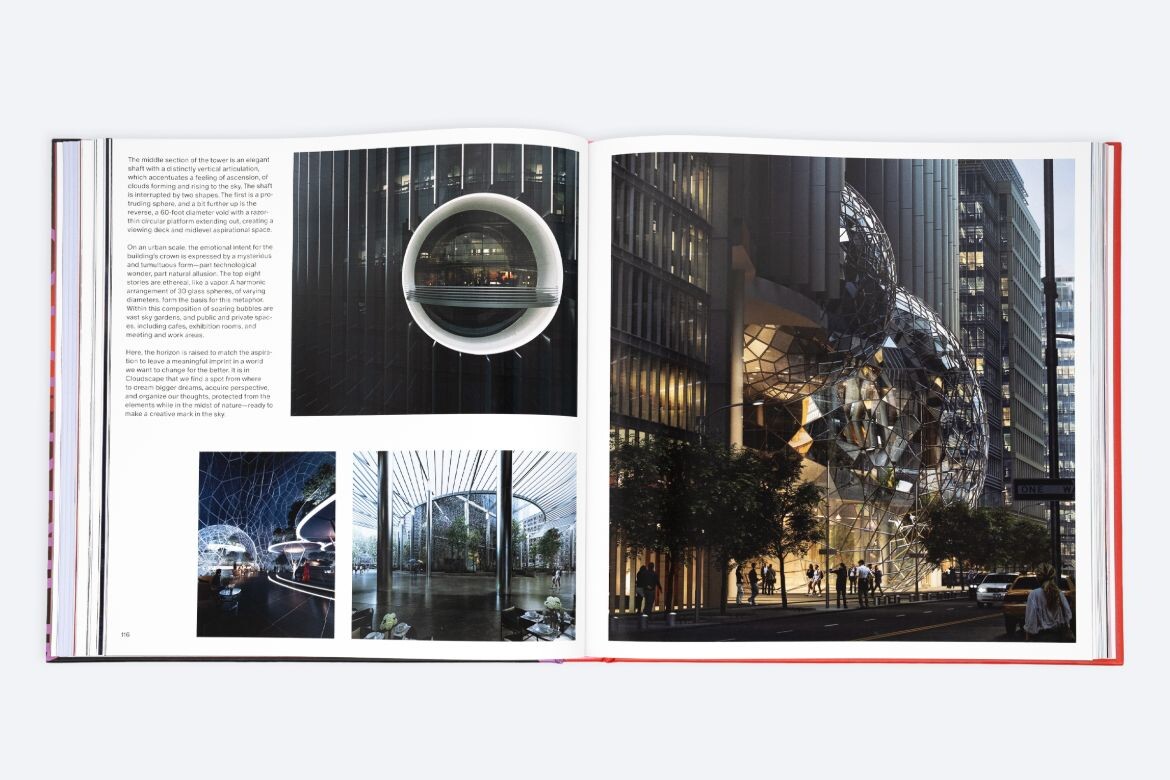
Of course, it’s not hard to find critiques of the last century of modernism in terms of an over-reliance on the rational part of the equation. Importantly, Marx makes a point of recognising the good parts of what has so far been called modernism. Its promises, he writes, are still worthy of being fulfilled – only they require something of a recalibration, or rebalancing.
“Second Century Modernism,” he writes, “is an alternative to both First Century Modernism and post-modernism. It emanates from those original promises, but does so with a particular strategy: it creates an architecture of abundance and embraces paradox.”
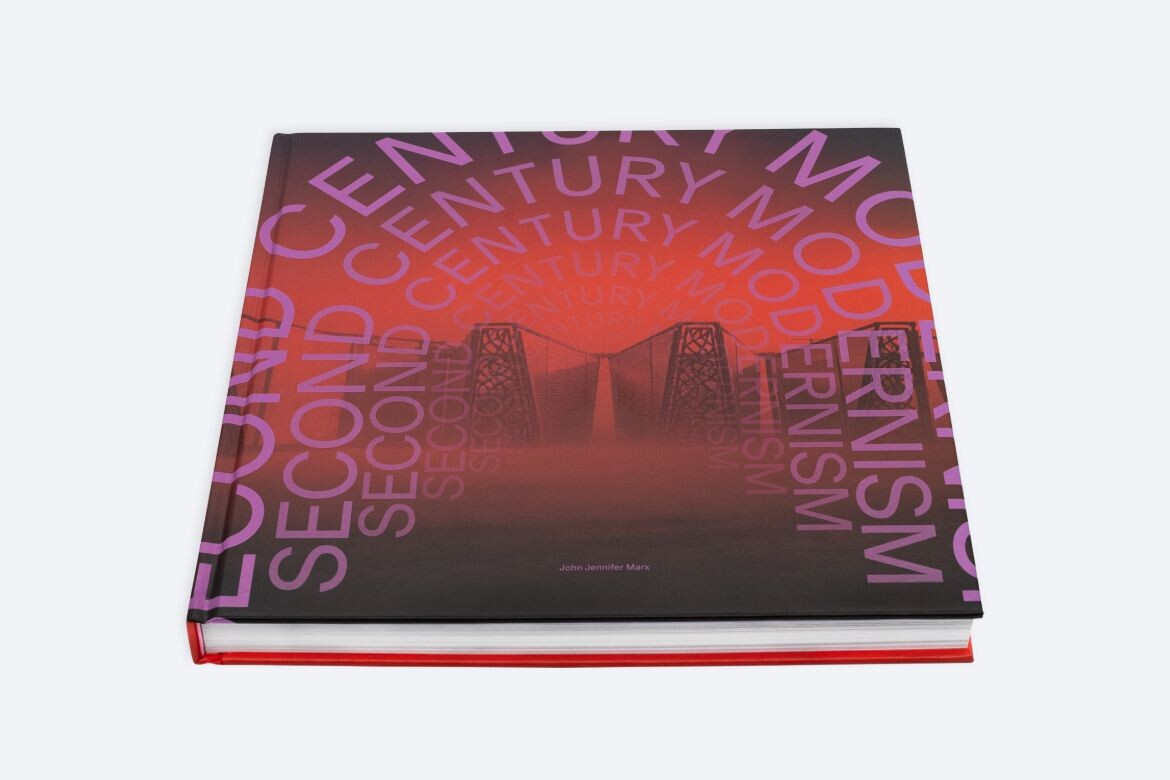
The book, then, is not anti-modernist; nor is it postmodern. It’s perhaps best described as making the case for an evolved, improved modernism. Marx outlines three dramatic shifts required for this new dawn to take real shape. First, an architecture of abundance that acknowledges emotional meaning, cultural vibrancy, wider cultural values and a more intuitive design process. The claim here that modernism’s priorities have been verbal over visual seems questionable – if anything, the reduction of architecture to the seductive image is stronger than ever – but the broad point is a call for wider horizons and more intuitiveness.
The second and third calls are ‘Less + More’ and ‘The Balancing Act’, but you’ll just have to read the book to find out what they’re all about. Marx ends the introduction with the tantalising assertion that “Modernism is getting a new 100-year lease.”
Related: AI, Tokyo and Metabolism
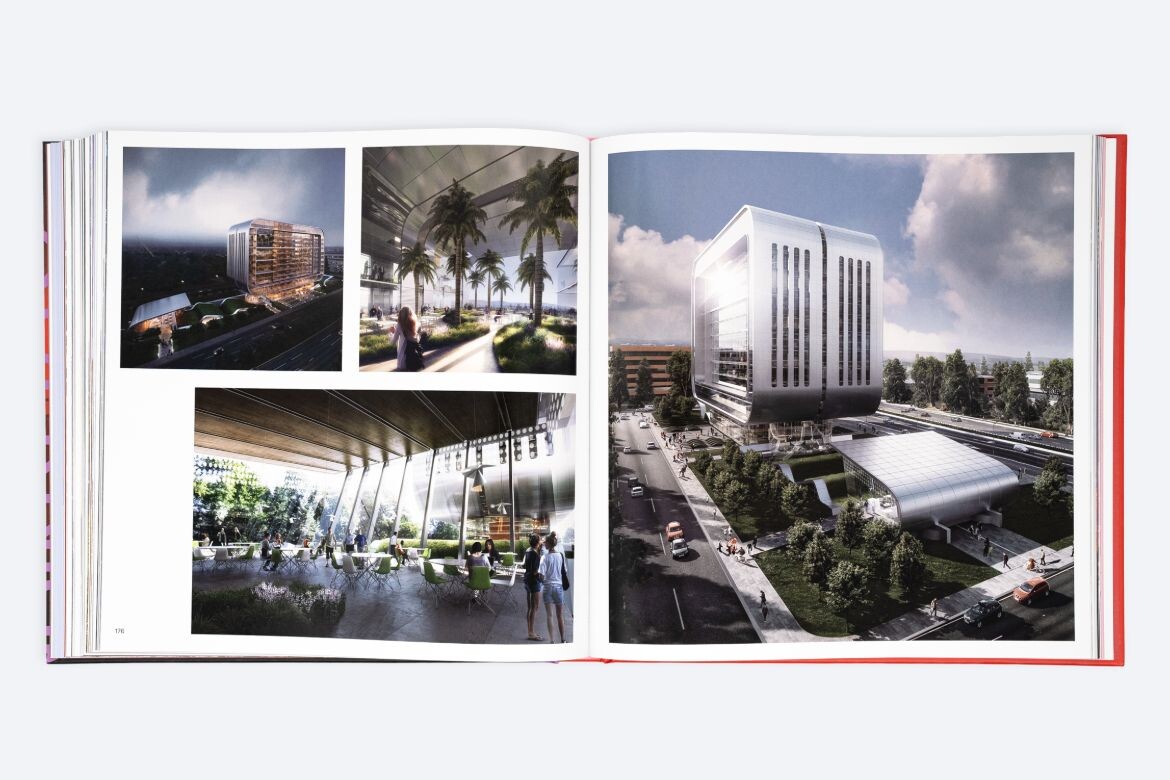
In keeping with the paradoxical approach, the book – part history, part manifesto – also becomes part poetry volume. Intriguing questions are posed throughout (Have we exhausted the conceit yet “that the public just needs to catch up”?), while balance, banality and care are keystones to which the author frequently returns.
“I’m advocating for a fundamental change in the way architects design, with the intention of rebalancing modernism toward an architecture of emotional abundance, rather than its current singular focus on an architecture of ideas and abstraction,” Marx writes. “A rebalancing should be seen as an additive approach, welcoming emotional meaning back into our design intent.”
Second Century Modernism by John Jennifer Marx is available now through ORO Editions
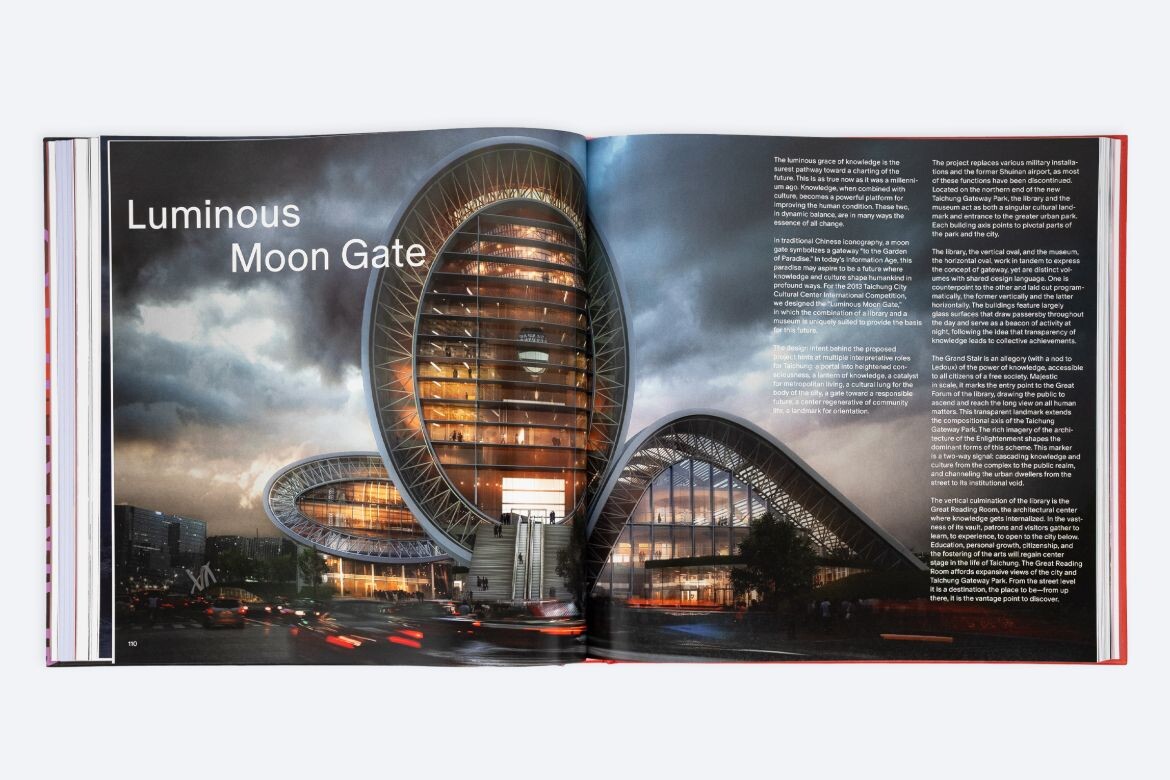
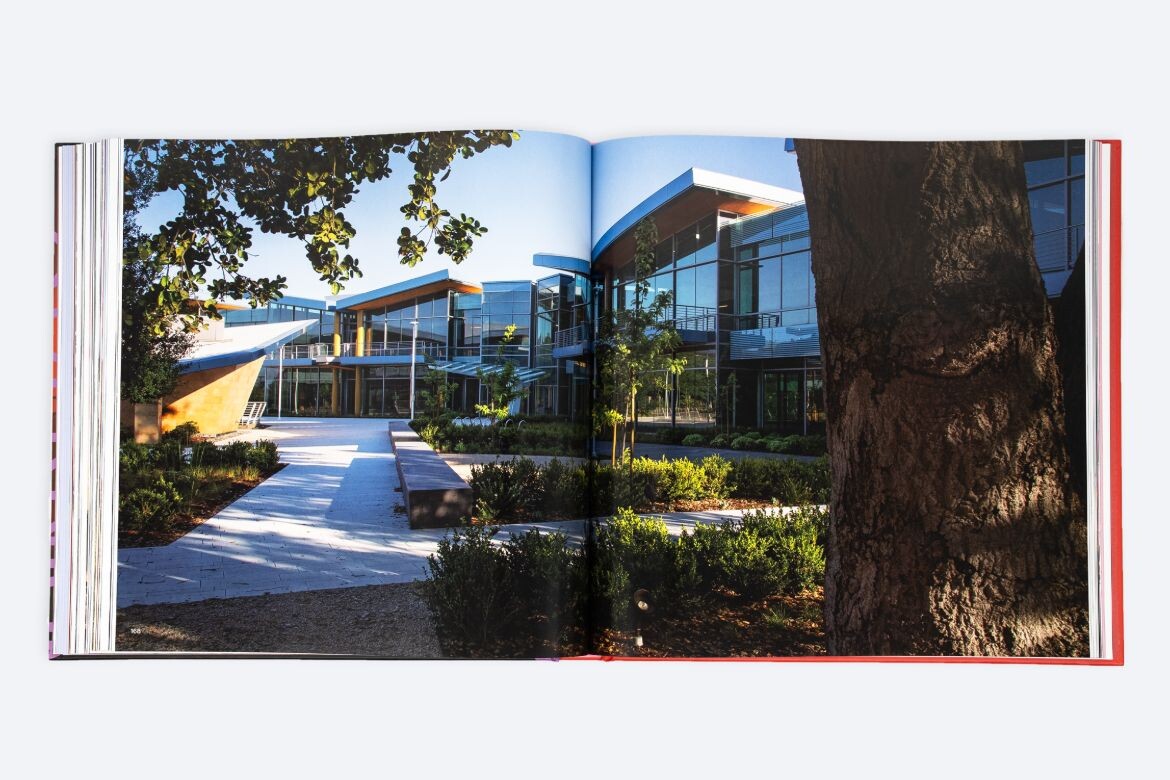
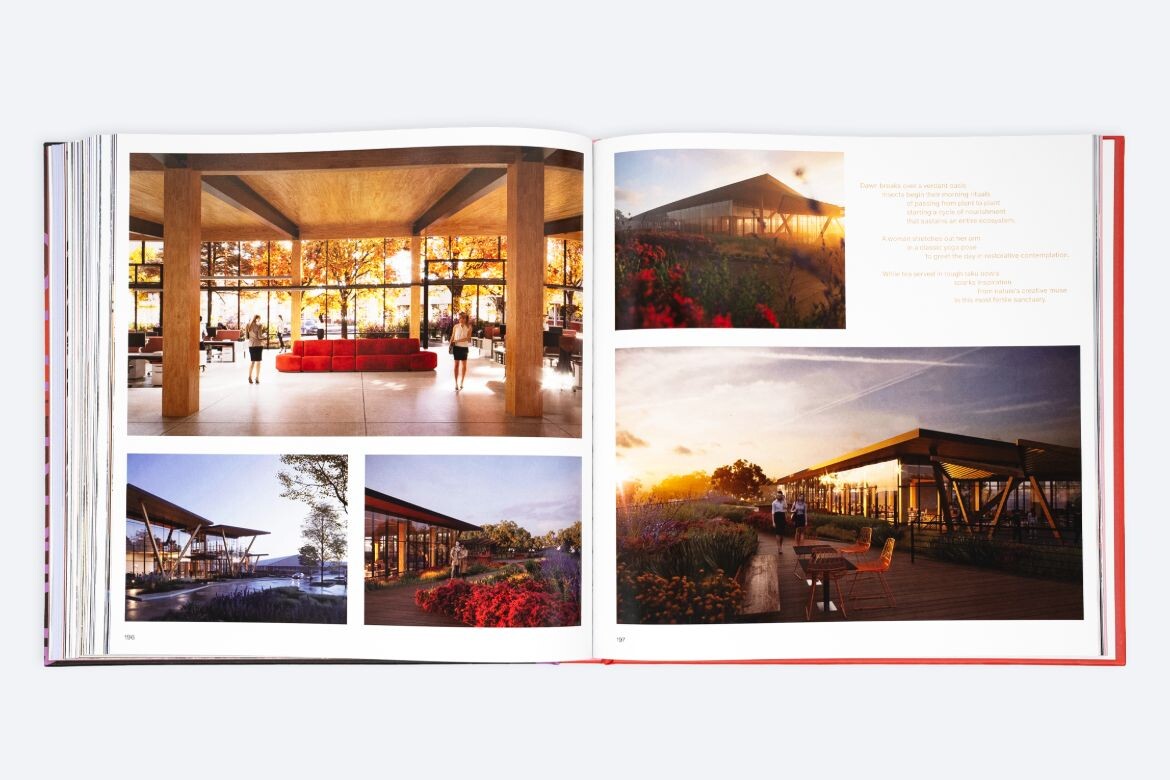
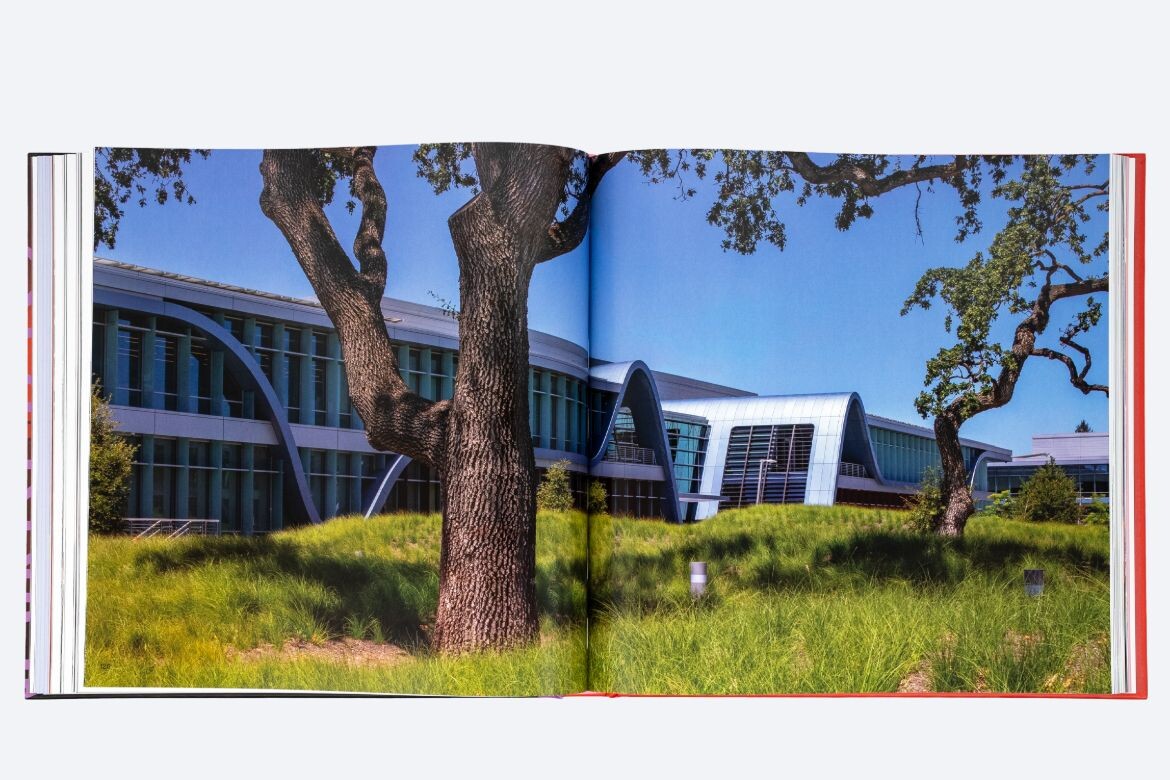
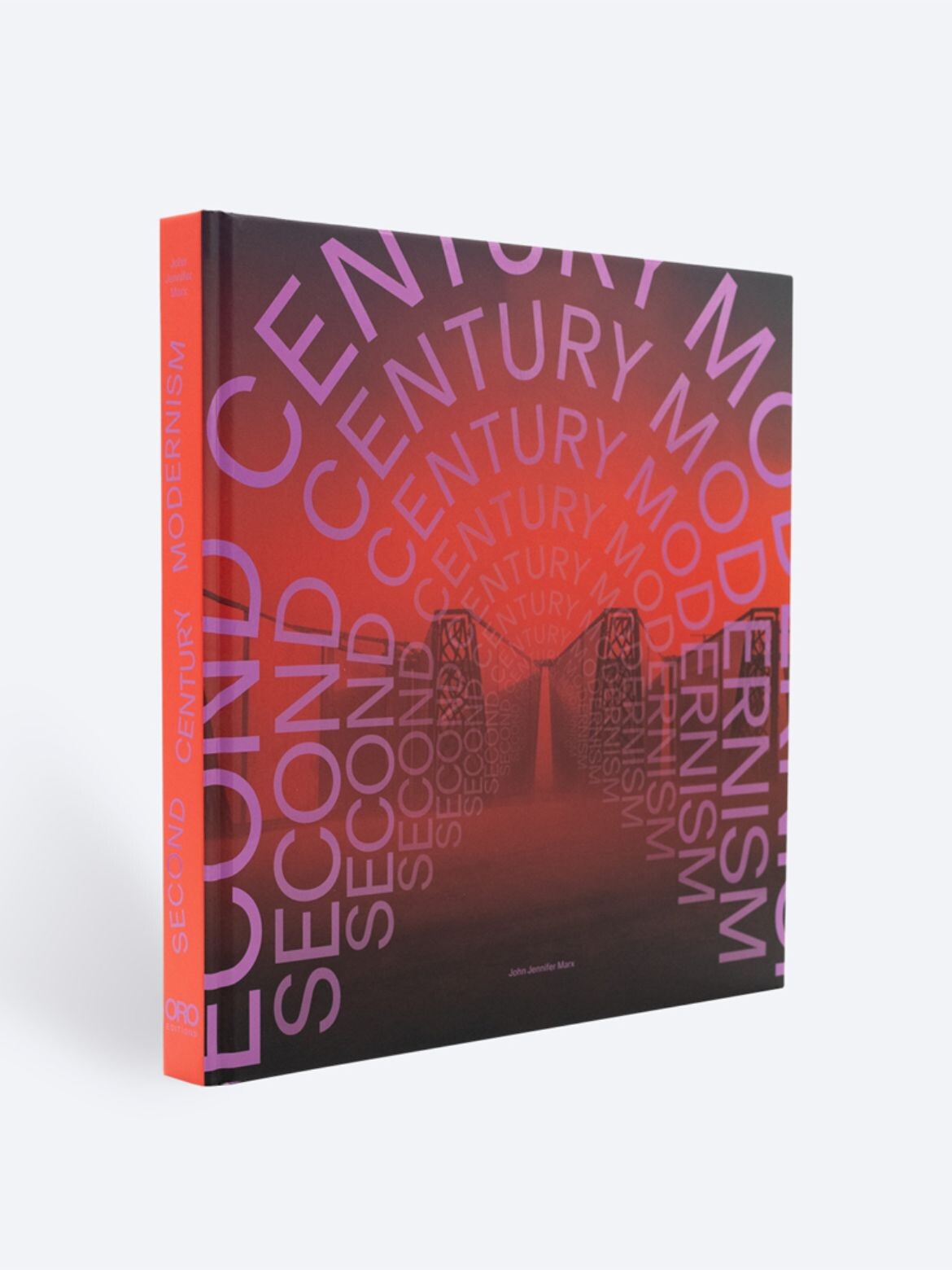
Next up: Richard Francis-Jones asks, whose city is it anyway?
INDESIGN is on instagram
Follow @indesignlive
A searchable and comprehensive guide for specifying leading products and their suppliers
Keep up to date with the latest and greatest from our industry BFF's!

Welcomed to the Australian design scene in 2024, Kokuyo is set to redefine collaboration, bringing its unique blend of colour and function to individuals and corporations, designed to be used Any Way!

Gaggenau’s understated appliance fuses a carefully calibrated aesthetic of deliberate subtraction with an intuitive dynamism of culinary fluidity, unveiling a delightfully unrestricted spectrum of high-performing creativity.
The new range features slabs with warm, earthy palettes that lend a sense of organic luxury to every space.

It’s widely accepted that nature – the original, most accomplished design blueprint – cannot be improved upon. But the exclusive Crypton Leather range proves that it can undoubtedly be enhanced, augmented and extended, signalling a new era of limitless organic materiality.
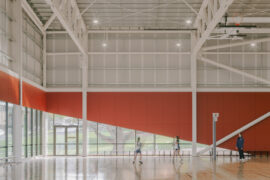
Joan Montgomery Centre PLC by Warren and Mahoney is a tour de force of education design, with high-end facilities including a swimming pool and general athletic amenities.

Brad Krauskopf, CEO & Founder of Hub Australia, tells us about Hassell’s design for Hub Australia Martin Place.
The internet never sleeps! Here's the stuff you might have missed

Welcomed to the Australian design scene in 2024, Kokuyo is set to redefine collaboration, bringing its unique blend of colour and function to individuals and corporations, designed to be used Any Way!

Working far from home, Paul von Chrismar from Büro Architects has been integral in the creation of a grand Buddha in Bhutan that makes an enduring impact on that country and the world.